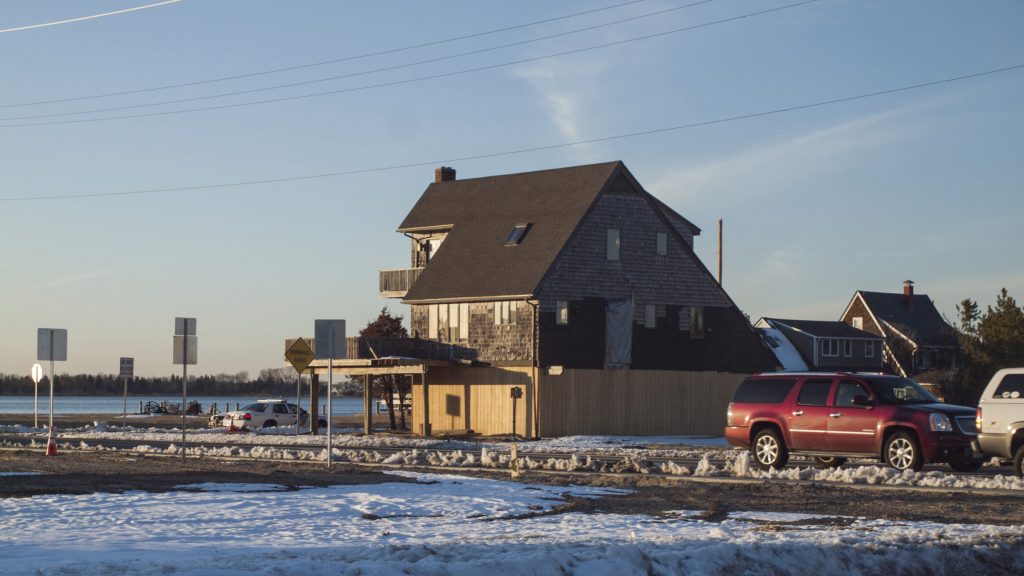C2R2 Grand Challenges

Both coastal climate risk and coastal climate resilience result from complex interactions between physical, ecological, socio-economic, and engineered systems. Assessments of risk and resilience must draw on research on the past and present dynamics of these systems, their possible future changes, and strategies for making these individual systems and the larger coupled system more resilient, which together constitute the ‘grand challenges’ addressed by this program. C2R2 trainees conduct new, synergistic research, guided by key questions within each of these grand challenges, including:
1. Past & Present Dynamics of Coastal Hazards, Vulnerabilities and Risk:
- Physical and Ecological: What are the physical and ecological dynamics that give rise to coastal climate hazards? What do historical observations and proxies reveal about the magnitude of their natural variability and the past effects of human activity?
- Socio-economic: What are the socio-economic dynamics that control vulnerability to hazards and its historical evolution? How do economic motivations, infrastructure choices, and land-use policies influence settlement patterns?
- Engineered: What controls the vulnerability of engineered systems to hazards?
- Integrated analysis: How have physical, ecological systems, socio-economic systems, and engineered systems interacted historically to give rise to coastal climate risks? How have these interactions changed over time
2. Future Changes to Coastal Hazards, Vulnerability, and Risks:
- Physical and Ecological: How are physical and ecological systems along coastlines likely to change in response to different future forcing pathways?
- Socio-economic: What are different possible future pathways of key socio-economic drivers of vulnerability? What roles can actors in real estate markets, local governance, and public policy play?
- Engineered: How do current rebuilding and adaption choices affect the resilience of engineered systems to different future forcing pathways?
- Integrated analysis: Under different possible future pathways, how do physical systems, ecological systems, socio-economic systems, and engineered systems interact to give rise to changing coastal climate risks? What are the distributional consequences of these interactions
3. Strategies for Resilient Coastal Systems:
- Ecological: What are strategies for increasing the resilience of ecosystems, and how can ‘green infrastructure’ increase the resilience of socio-economic and engineered systems?
- Socio-economic: What interventions in markets and governance effectively increase the resilience of socio-economic systems
- Engineered: How can ‘hard infrastructure’ and novel mobility and shelter technologies increase the resilience of socio-economic and engineered systems?
- Integrated analysis: How can deliberate human actions serve to reduce risk and increase resilience? What are the tradeoffs and synergies between ecological, socio-economic, and engineered approaches? How do decisions that increase coastal resilience interact with decisions to mitigate greenhouse gas emissions? What are the distributional consequences of different choices?
Putting this knowledge to work requires its communication to decision-makers and other stakeholders, and ideally the engagement of those stakeholders in the co-production of knowledge. This gives rise to a fourth grand challenge:
4. Knowledge to Increase Resilience: How can scientific knowledge about climate risk resilience be produced and communicated in a fashion that maximizes its utility for public and private decision-makers?
Through trainee research and other activities that bring together its faculty and students, C2R2 will catalyze linkages among research in these four different themes.